Challenging torrential rains countered by cooperative bats in Costa Rica
Merlin and MTBC team members spent 19 days in Costa Rica last November on a filming trip for “Bat City” with its Director and Emmy
The National Geographic Society BAT ECHO team is reunited, Ralph Simon having arrived in Ecuador a week after Merlin and me. At the University of Erlangen and the University of Ulm-Germany, Ralph has done his doctoral research on how plants have evolved special structures to guide echo-locating bats to their flowers. We met him at the 2010 International Bat Researchers Conference in Prague where he gave fascinating lectures on the subject. Merlin suggested they make a proposal to NG for an article, and it was approved.
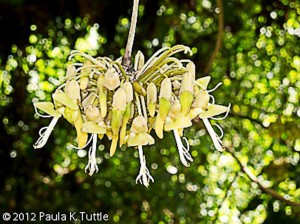
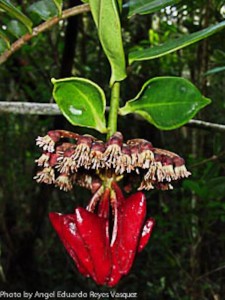
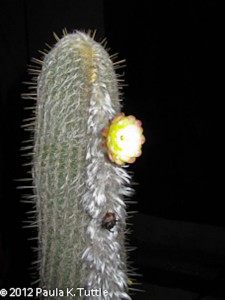
The BAT ECHO team’s base of operations in Ecuador is Ferbola Organic Farm www.susudelorganico.com in the southern highlands of the Andes where we are comfortable and well fed. It’s located an hour and a half drive south of the historic city of Cuenca in the tiny village of Susudel. The weather in this area is spring-like all year, making it ideal for growing a wide variety of crops, many of which we’ve never encountered before. In this part of Ecuador the rainy season is October to early May. And in the ten days we’ve been here, we’ve only had a few brief showers.
We’re here to photograph the flowers of the Espostoa futescens cactus, endemic to Ecuador and found only in one particular river valley. The cacti grow on steep cliffs above the river in semi-desert conditions . The flower buds are covered in a thick fur-like beard. Most of the flowering occurred prior to our arrival, so we have had to search many plants to find buds, sometimes climbing as much as 1,500 vertical feet to reach a single location where these rare plants are found. 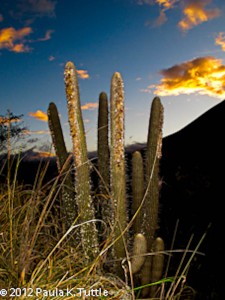
The vegetation is prickly, leaving us with scratches and festering sores from imbedded cactus spines and thorns. When we finally find a bud, we must wait till nighttime for it to open, giving us just a few hours to photograph the bats going to the flower before it closes. The flowers bloom once and dry up.
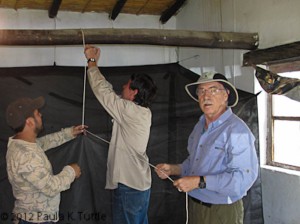
The first day of our arrival to the farm, we set up our traveling studio in a storage room. We’ve been netting for nectarivorous bats in a local banana grove. So far we’ve only found Anoura geoffroyi and Glossophaga soricina. Each night, we create a different set using a cactus with an open flower, and Merlin photographs our captive bats visiting the flowers for the nectar.
Love our content? Support us by sharing it!
Merlin and MTBC team members spent 19 days in Costa Rica last November on a filming trip for “Bat City” with its Director and Emmy
Bats can use sounds in many complex ways. They can sing and even have different dialects… When imagining a bat, the first thoughts that come
Thanks to all the Join the Nightlife: Bats and Agriculture attendees who joined us out in the field this year! Guests got hands-on experience with
Supporter and friend of MTBC, Australian conservation and animal welfare photojournalist Doug Gimesy, had his images recognized in two categories at the recent Siena International
2024 © Merlin Tuttle’s Bat Conservation. All rights reserved.
Madelline Mathis has a degree in environmental studies from Rollins College and a passion for wildlife conservation. She is an outstanding nature photographer who has worked extensively with Merlin and other MTBC staff studying and photographing bats in Mozambique, Cuba, Costa Rica, and Texas. Following college graduation, she was employed as an environmental specialist for the Florida Department of Environmental Protection. She subsequently founded the Florida chapter of the International DarkSky Association and currently serves on the board of DarkSky Texas. She also serves on the board of Houston Wilderness and was appointed to the Austin Water Resource Community Planning Task Force.
Michael Lazari Karapetian has over twenty years of investment management experience. He has a degree in business management, is a certified NBA agent, and gained early experience as a money manager for the Bank of America where he established model portfolios for high-net-worth clients. In 2003 he founded Lazari Capital Management, Inc. and Lazari Asset Management, Inc. He is President and CIO of both and manages over a half a billion in assets. In his personal time he champions philanthropic causes. He serves on the board of Moravian College and has a strong affinity for wildlife, both funding and volunteering on behalf of endangered species.